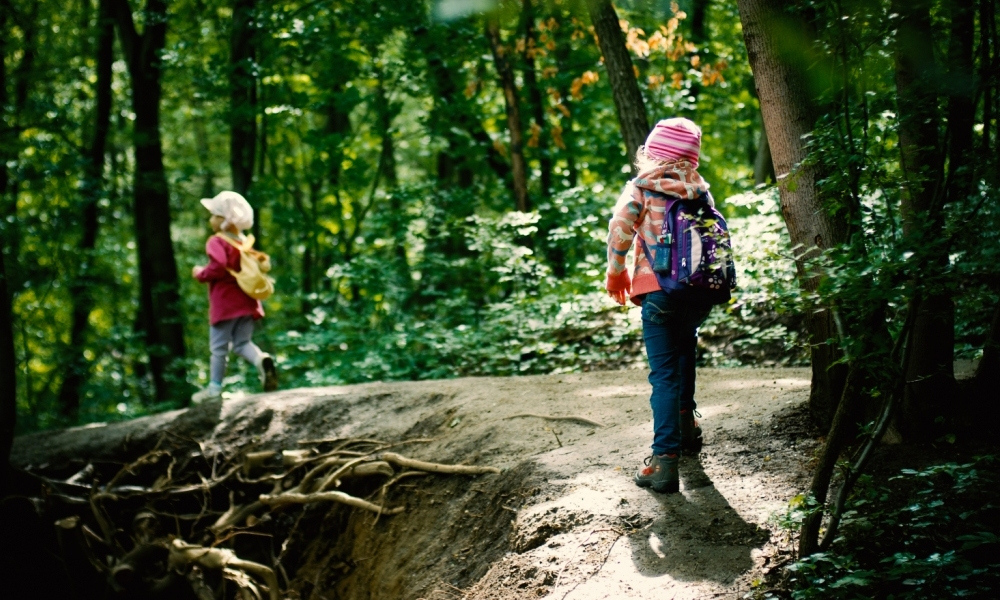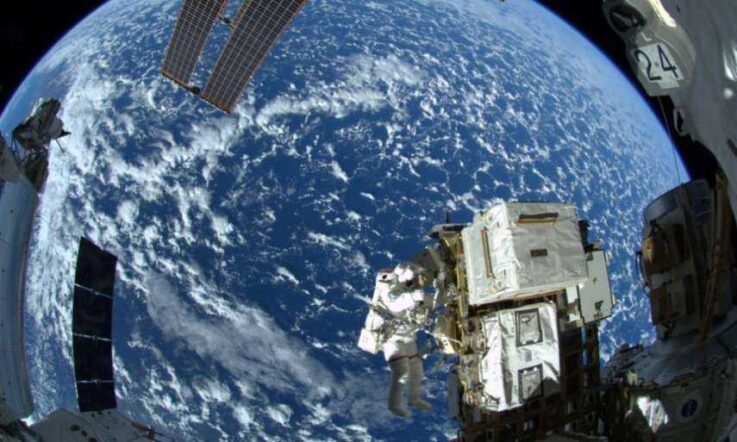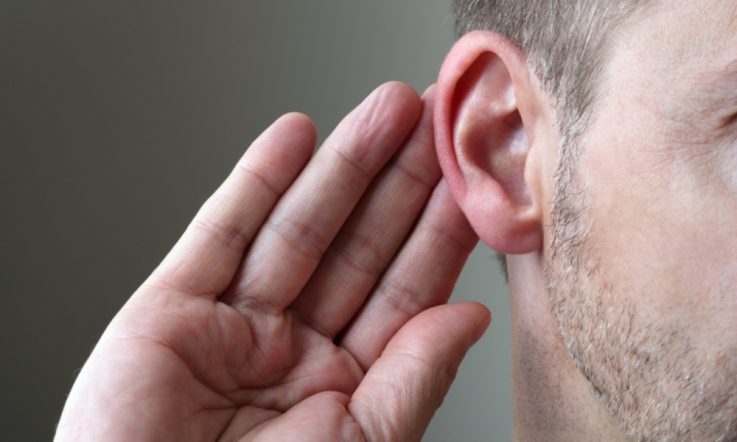The phrase 'outdoor learning' can mean different things to different people - from simply moving student desks into the playground, to a full-blown adventure camp.
For Claire Warden, it's about giving children an opportunity to learn in and with the natural world; inside the school, outside the classroom and into the wild beyond.
Among other things, Warden is the founder of two nature kindergartens in Scotland, an adviser to the Scottish Government on risk in learning, an author, academic and international education consultant. Oh, and she's also on a mission to build a global movement in Nature Pedagogy.
It's a vision that involves Federation University Australia. The institution has worked with Warden to offer a Nature Pedagogy qualification and embed a unit into its BA in Early Childhood.
'My plan ... is to link universities across the world - I'm working with one in America, there's one in Australia, and another one in Scotland - so that we can try and create a [qualification] that allows people to move around the world to experience different forms of nature-based education,' Warden explains.
'You could be doing your degree in Australia, but you can do an online unit maybe in Scotland, or you might want to spend some time over in Canada, or in America. So that this whole idea about there being a global movement for Nature Pedagogy, really comes through the universities and the qualifications that you get for the undergraduate and postgraduate level.'
There are lots of examples of nature-based education around the world, operating under various titles, including a growing nature preschool movement in the US, nature barnehages in Norway, Skogsmulle in Sweden and bush kinders in Australia. At Warden's Auchlone Nature Kindergarten in Perthshire, central Scotland, students are outside 80 to 90 per cent of the time.
Warden describes a continuum with pure plastic environments at one end and something like the nature barnehages at the other - where students are in the forest 100 per cent of the time. 'All the way along the top surface of that continuum you've got these different models - whether it be a half hour, or an indoor/outdoor program, or a nature preschool ... so they're all along the top in varying degrees of connection to nature. For me, Nature Pedagogy is this massive river that runs underneath the whole lot.
'My planning that I do with the team here [in Scotland], and what we're trying to do with the Nature Pedagogy, is you've got inside experiences linked to outdoor experiences, that link to spaces "beyond" I suppose - which are the wilder spaces. And you're planning lines of thought that go across these three spaces. Rather than it be three disjointed spaces, you're actually making sure there's a connection for children in their learning.'
Learning with nature, Warden says, is using it in all those spaces - quite different from studying it through something like a mini beasts project. 'The other one is learning in nature; so, what people have done is they [have] taken the jigsaw table from inside and they carry it outside; they'll say "here you are, I'm learning in nature” and [I would say] "that's not it really, you're learning outside and you've moved the table, but your pedagogical thinking and methodology hasn't changed". So, it's changing methodology that a lot of my work is on, and pedagogy.'
For Warden, being a Nature Pedagogue is a professional acknowledgement that there's an expertise in understanding and connecting children with nature. Her next trip to these shores will be in March, for a professional development course on Nature Pedagogy with practicing teachers and educators. The course includes two days of theory and practical workshops.
'I'm working with trainers in Australia, which means that it's people on the land, people who understand the climate and the culture, and elders who really have got this embedded knowledge.'
She says working alongside elders and the Aboriginal and Torres Strait Islander community, who have that embedded knowledge of land, is an important part of the process when considering setting up an Australian bush kindergarten. 'Be collaborative in that process, rather than bringing in a Western model and planting it into a different culture - that doesn't make any sense to me.'
In terms of educator practice, for lasting change Warden recommends getting teachers involved in action research cycles to encourage them to consider and reflect on what they're doing and the impact it's having.
'So, you're constantly planning, acting, reviewing, but you're doing it in a way that's a little bit more research-focused, so you really are seeing yourself at the forefront of that change. I think that shifts people's thinking; and, if you shift people's thinking then I think there's a bigger movement to be had, rather than it just coming from the top down.'
Although the bulk of her work has been with children aged to 11 (Auchlone Nature Kindergarten is for two- to -five-year-olds), there are other groups working with 12- to 18-year-olds, including independent schools in Australia. Through the Association of Independent Schools of Western Australia (AISWA), educators have visited Scotland for the last few years on study tours to find out more about the Auchlone experience.
'What you find actually is some of them in Western Australia at the moment, through AISWA, have really been phenomenal about embedding this change process from the kindy, through the primary and then up into secondary. But they've done it again in that slightly different way ... which supports the delivery of the Australian Curriculum.'
What does 'outdoor learning' mean to you? What about your colleagues?
Related Teacher content: The great outdoors



